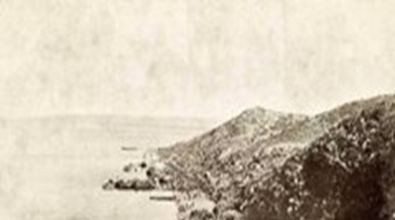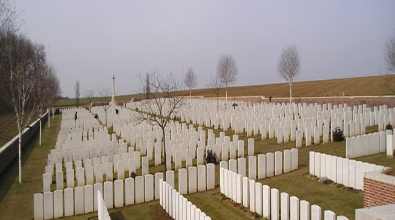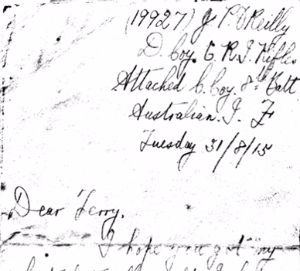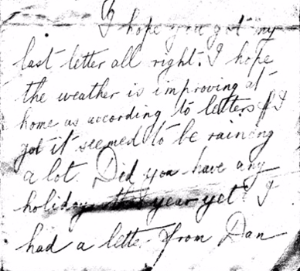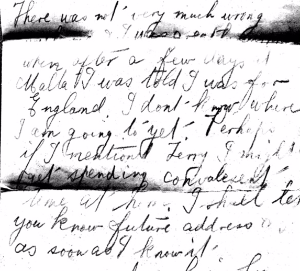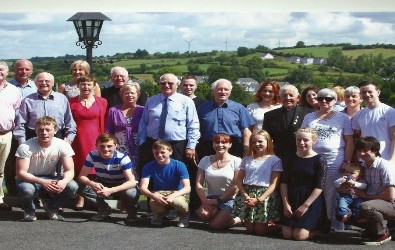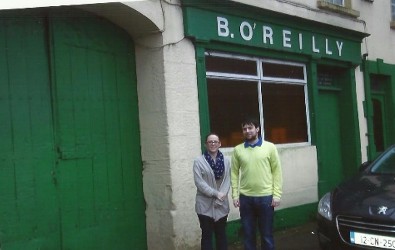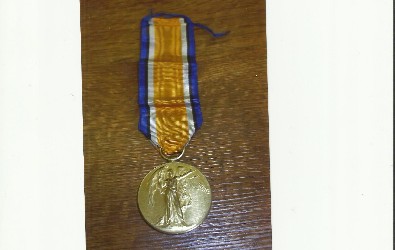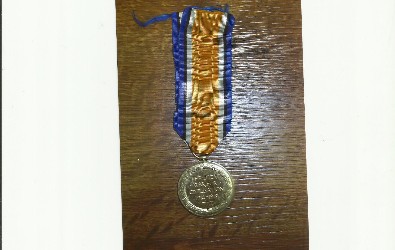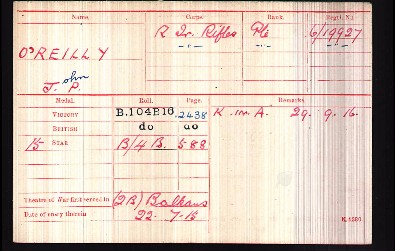My story
My name is Grace Clarke, I'm 17 years old and I'm from Bailieborough in Co.Cavan.
Before this project I had a basic knowledge of World War One. I come from a very nationalist household and I usually hear about this period of time concerning the 1916 rebellion and the fight for Irish independence. I have a genuine interest in history and when I heard about the project from my history teacher it intrigued me. The idea of learning about the human story behind all the facts and figures and actually learning about that persons motives seemed incredibly interesting to me.
Learning about my soldier, Pat has definitely been a great experience for me. Up until he left for Belgium, our lives on paper are practically identical. To think that the two of us hail from exactly the same place, about a minutes walk from one another, baptised in the same chapel, attended the same school and how near the same age we are as to when he went off to fight is incredibly surreal. It made me realise how truly different times were, how much more mature than me he would've been, how much more he experienced he would've been when I still struggle to turn on the washing machine. His story truly touched me and the snippets into his personality I got from his letters were of a kind and passionate man.
From my research on Pat and his involvement in the war I have a new outlook on Irish involvement in the war than I did a year ago and I'm truly glad as to the way this project has opened my eyes.
Finally, I'd like to thank the O'Reilly family, Myles Dungan (great nephew) and Carmel O'Callaghan for very helpfully providing me with all the information I gathered.
Somme TRIP
Our trip to the Somme is one i will never forget. It was a very humbling and surreal experience. We set off on the 29th of June and were lucky enough to get the chance to meet the president in Phoenix Park before we left.
The amount of grave yards we visited and saw on the trip were astonishing. The graves of the German soldiers were particularly appalling to see, the grave stones were black crosses with four soldiers to one cross. It was saddening, they were still just men like the French and British simply following orders and fighting for their country but they weren't honoured in the same way, no brightly coloured flowers appeared in their grave yard unlike their counterparts.
Visiting my soldier's grave was a far more emotional experience than I expected. I saw various students become overwhelmed with emotion as they visited their grave which perplexed me until I visited mine. Learning about Pat in the context in which I did made him feel fictional akin to a book character but seeing his grave put it all into perspective. His story was real as was his death.
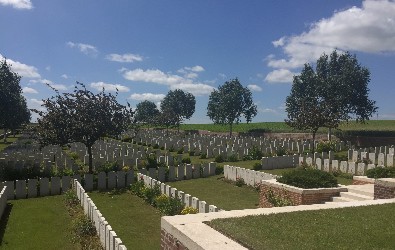
Athuille Cemetery.
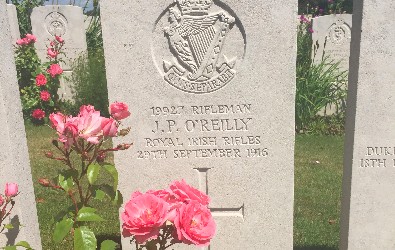
Grave of J.P O'Reilly, Riffleman 19927
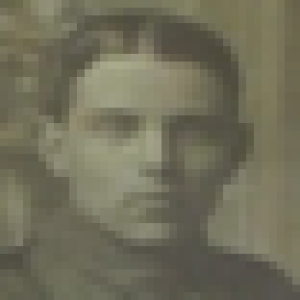
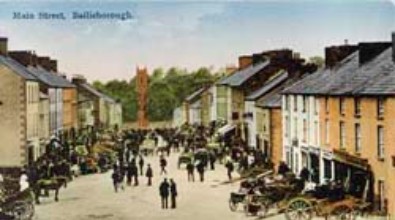

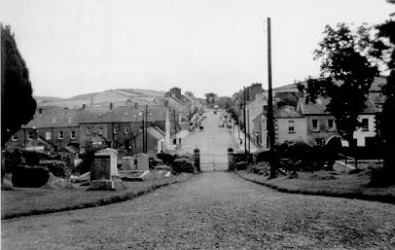
_division_at_basingstoke-530sly.jpg)
